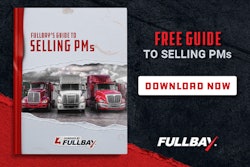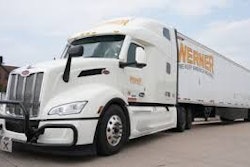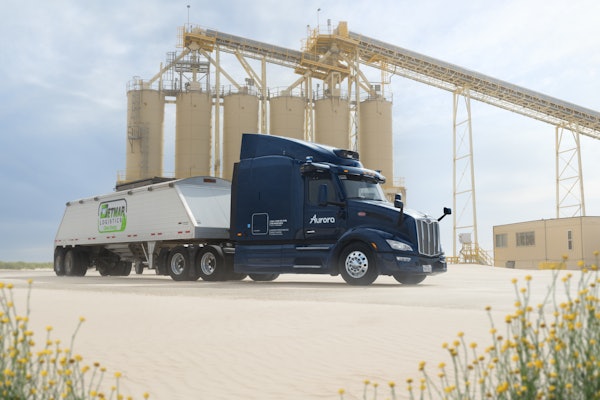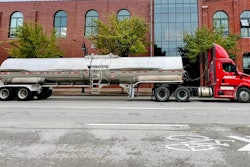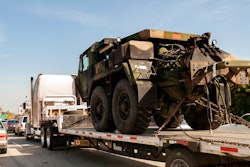September’s preliminary North American Class 8 truck and tractor orders totaled 20,500 units, representing a 60% monthly increase, but 41% below year over year, according to FTR Transportation Intelligence.
The year-over-year decline – now in its ninth consecutive month – signals a concerning trend, FTR noted, particularly as manufacturers begin accepting orders for 2026 production.
Orders also fell short of the 10-year September average of 29,499 units, which FTR said reflect fleet reluctance amid trade policy uncertainty, tariff concerns, and weakening freight market fundamentals.
While both vocational and on-highway segments showed improvement, on-highway also accounts as the main driver of the year-over-year decline. Class 8 orders totaled 237,467 units over the past 12 months.
A sluggish start to the 2026 order cycle indicates persistent industry pressures, FTR reported. Monthly gains offered temporary relief, but year-over-year declines point to market weakness, including weak freight demand, compressed carrier profitability, and cautious fleet confidence.
“This environment creates uncertainty for OEMs and suppliers, and order activity likely will remain volatile. Without a recovery in freight volumes and rates, fleets will continue to limit replacement and expansion, delaying any meaningful rebound in equipment demand,” FTR's report noted.
Tariff uncertainty intensifies industry challenges
President Trump announced on September 25 a 25% Section 232 tariff on imported heavy-duty trucks beginning Oct. 1.
However, official government guidance remains pending, leaving critical questions unanswered, said Dan Moyer, senior analyst, commercial vehicles at FTR.
“It remains unclear when the tariff might be implemented and whether the tariff also covers medium-duty trucks, parts, or USMCA-compliant imports. The news has already rattled fleets, OEMs, and suppliers coping with weak demand, rising costs, and fragile supply chains,” Moyer said.
The tariff compounds existing trade headwinds, including 50% duties on steel, aluminum, and copper that inflate component costs, plus reciprocal tariffs with key partners that complicate procurement strategies.
“The immediate effect will be higher truck prices, assuming the tariff is officially implemented. Imported Class 8 trucks will face a 25% surcharge, and U.S.-built models may see added costs from imported parts,” Moyer said.
Mack Trucks North America President Jonathan Randall noted at FTR’s recent conference that the company had already implemented a tariff surcharge for truck production costs.
Though it didn’t cover the cost of the unit, Randall said it was “something to at least compensate for some of the costs.”
Moyer added that some fleets are likely to delay or cancel orders, strengthening used truck demand as operators maximize existing equipment lifecycles.
“Reshoring may accelerate, but U.S. factories are hampered by labor constraints, high costs, and infrastructure limits. In the near term, the market faces higher prices, supply chain disruptions, and ongoing uncertainty," he noted.
ACT Research offered similar assessment. Its September data showed orders of 20,800 units, down 44% annually.
On a six- and 12-month basis, orders continue to decline at 178,000 and 235,000 units, respectively.
"The longest for-hire downturn in history continues to weigh on tractor demand as freight rates continue to run below inflation levels,” said Carter Vieth, research analyst at ACT Research.
It’s a challenging start to the opening of 2026 order boards, he said.
“Even as more tariffs are imposed, the nation awaits a verdict on IEEPA tariffs in a case the Supreme Court will hear in early November,” he added. “On top of tariffs, the industry awaits the announcement from the EPA on the future of low-NOx regulation.”
Regarding Classes 5-7, Vieth said preliminary North American medium-duty orders declined 22% year over year to 15,500 units. Declining consumer confidence, slowing services growth, and economic uncertainty seems to be pressuring the segment.

